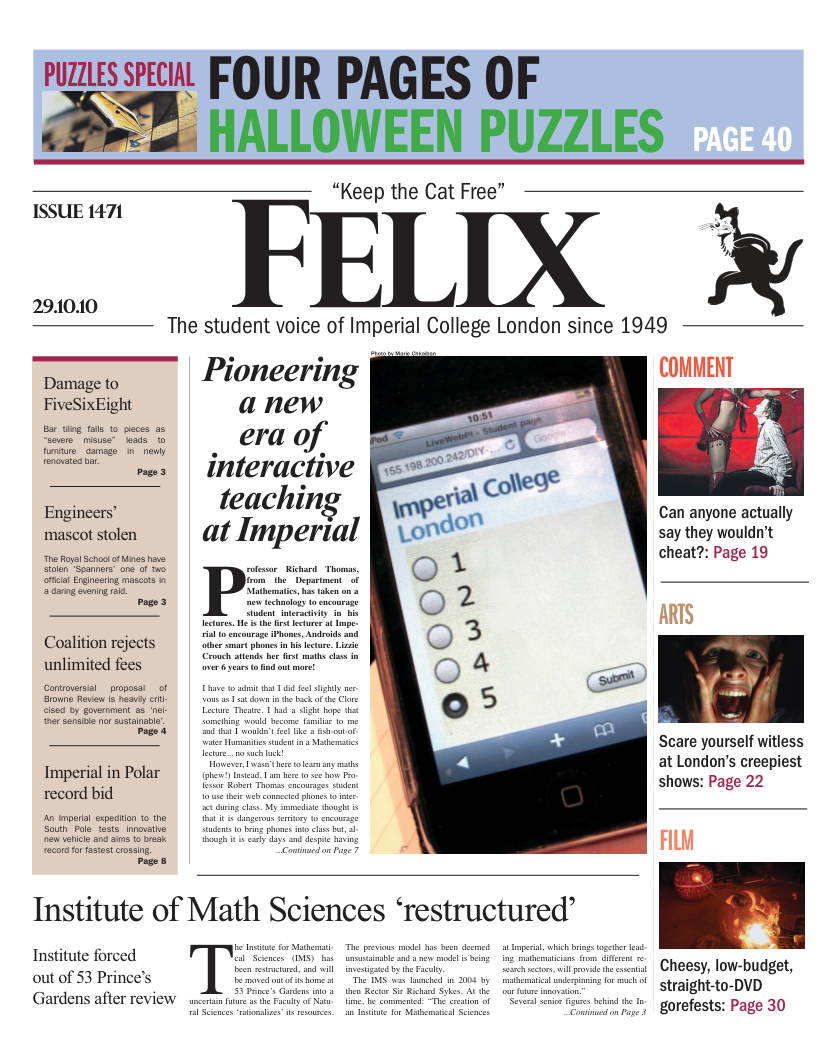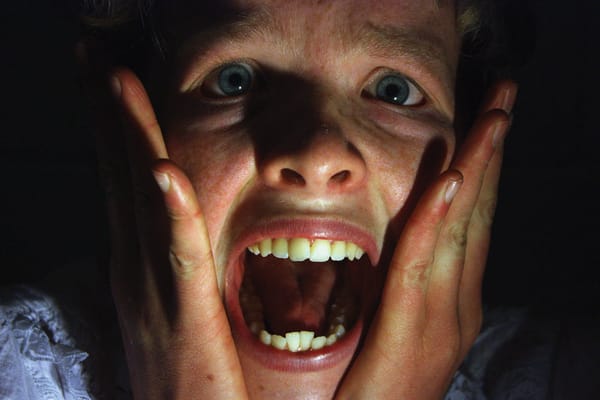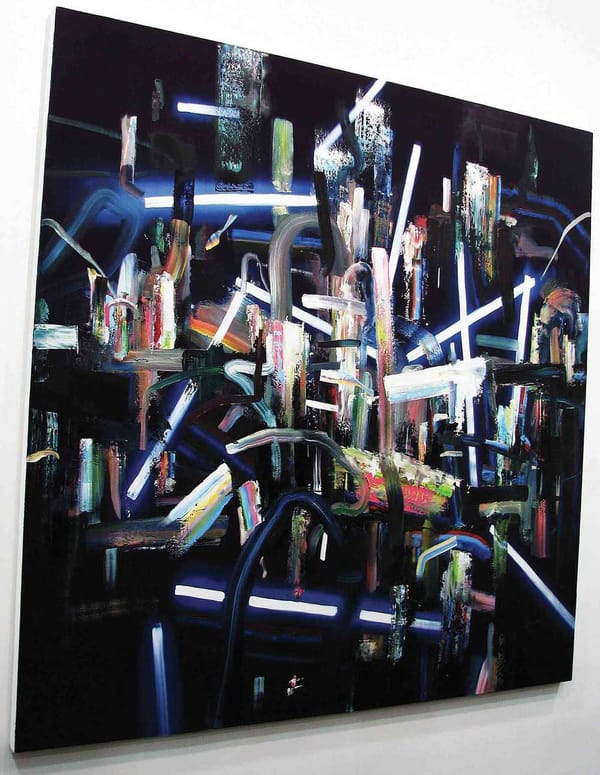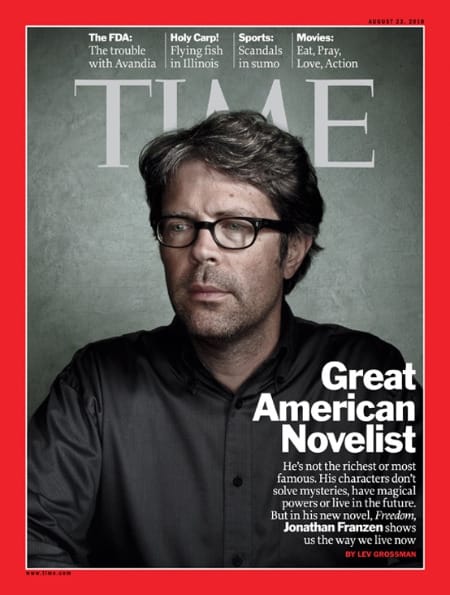The Woman in Black
We braved London’s darkest streets to search out this most terrifying production
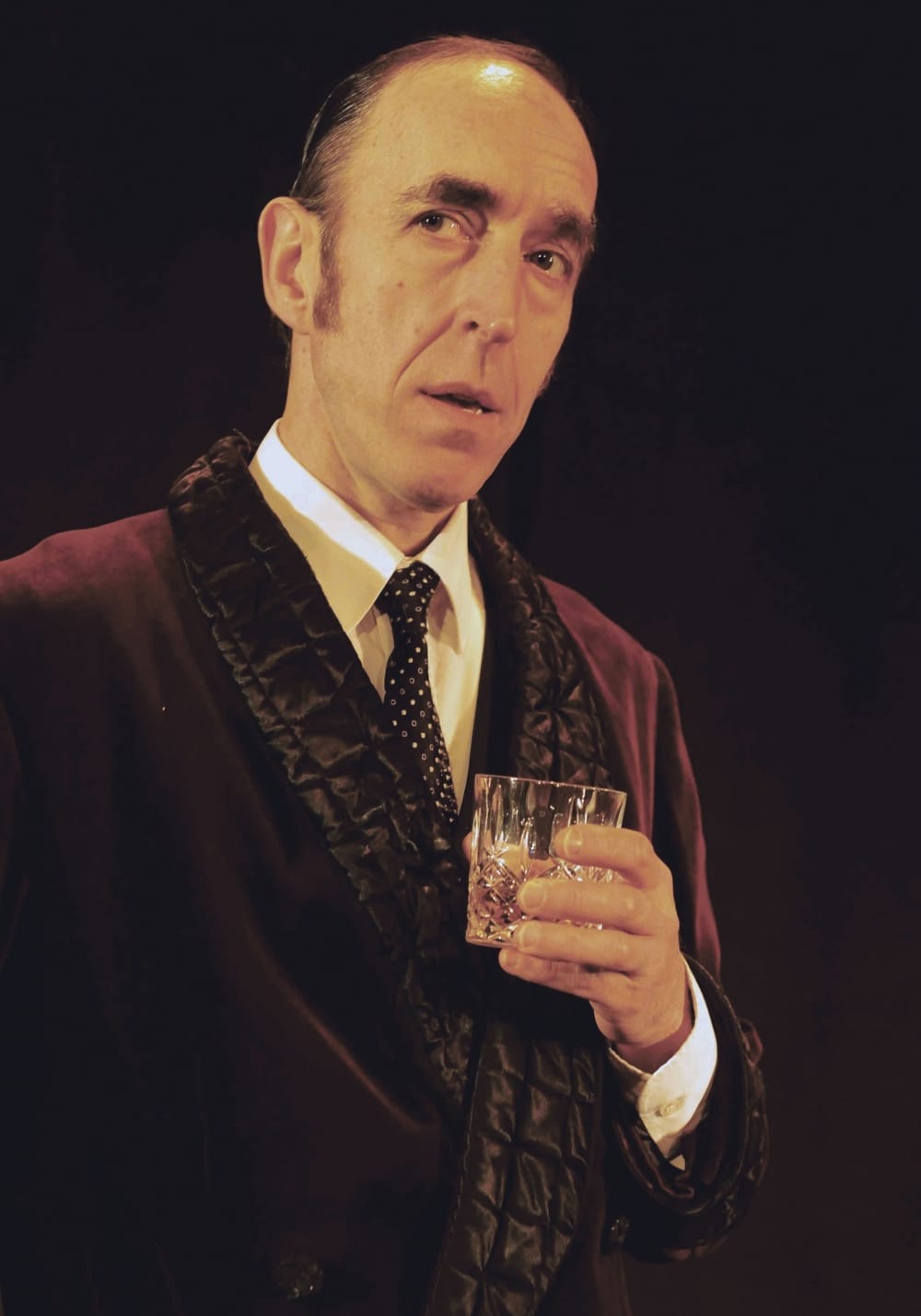
If ever there was a play that led you in on false pretences it’s The Woman in Black. This production in the small and pokey Fortune Theatre is ideal to set the scene. Consisting of only two actors and a very limited set, you really wonder how this play will send a chill down your spine. Michael Mears and Orlando Wells play, respectively, Mr Kipps and The Actor. The two perform a play of Mr Kipps’ experience as a young solicitor after the death of a client name Mrs Drablow. The old lady used to live in an old and expansive country house in the remote reaches of England. The actor plays a young Mr Kipps and the other acts out the characters that he meets. The house sits beyond some quicksand and that in turn lies by a tidal body of water that prevents visitors from reaching the property for most of the day. Add to this a frequent and thick fog and the viewer starts to picture that typical haunted house so often depicted in horror films.
The show's success lies in its simplicity
Don’t let this deter you from experiencing a first rate show though, the play is far from an imitation of anything you would likely have seen before. The show's success lies in its simplicity; for most, a dark room and torch conjure up images of campfire amateur dramatics but hell this scene will turn even the most hardened of people into insomniacs.
The Fortune is a claustrophobic theatre, the seats pact tightly together and the upper levels near head height. This lends a hand in drawing the audience together; a creepy nervousness resonates through the rows as everyone anticipates that next fright. The simple ingredients of a small cast, humble set design and few sound effects really lay the foundations for what is a superb ghost story.
It is a wonder whether the actors are themselves scared to death as they act out this play within a play or find it hard to not laugh. Both are very adept and put in a solid performance, Mears’ ability to jump from character to character is especially noteworthy as is Wells’ emotional mastery. This is a good thing too, as the play relies on the grasp of the audience’s imagination and emotional vulnerability throughout. Wells’ character, shut out by the inhabitants of the local town, depends on his spectators to accompany him on his journey through Mrs Drablow’s past. This works to great effect when, at one time in the play, he chooses to go back into the house and my friend beside me, turns around, cries “why, why?” and grips my arm with such intensity that it shows it is really scaring her.
This is director Robin Herford’s 21st year in charge and The Woman in Black is still the most terrifying night out in a theatre you will ever experience.

